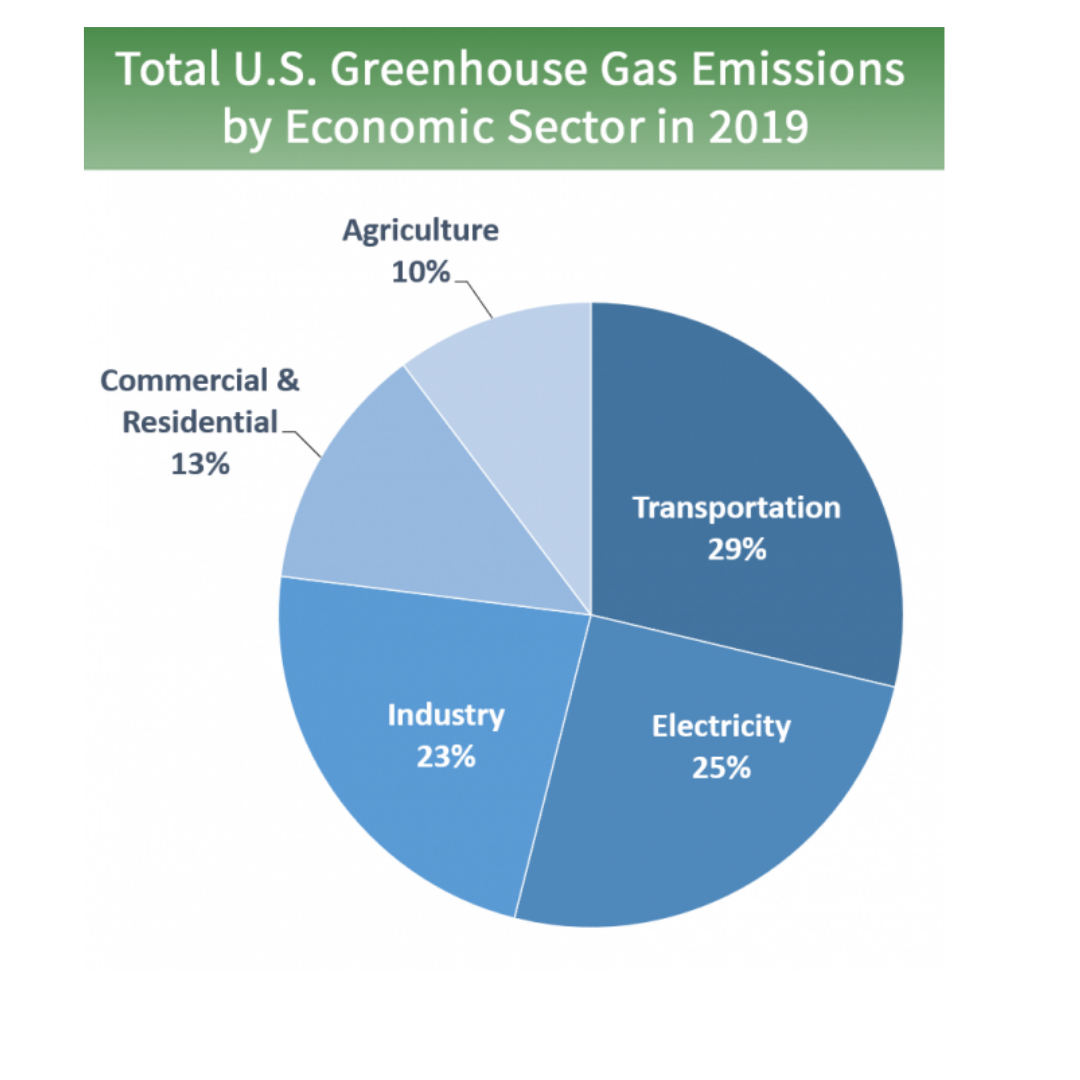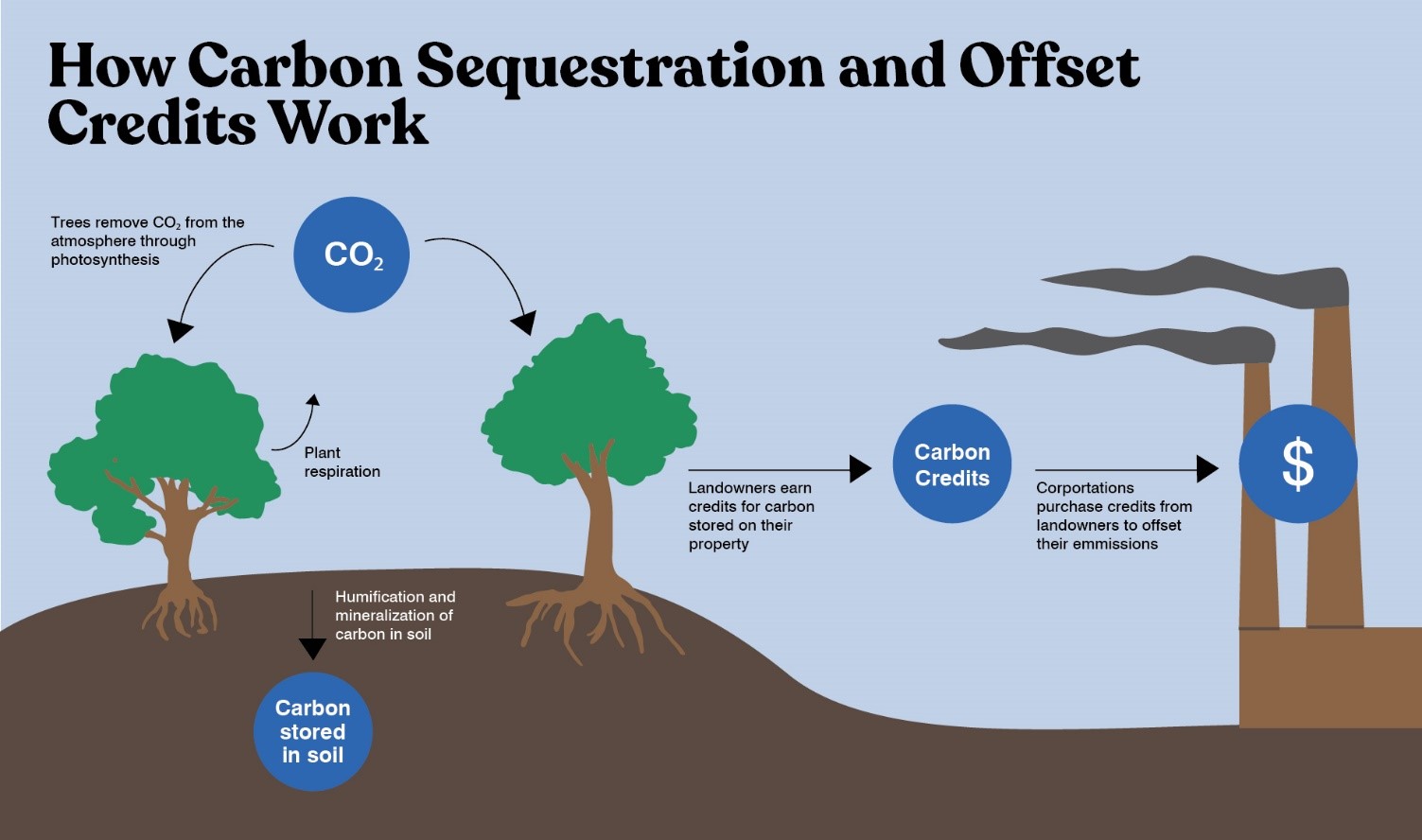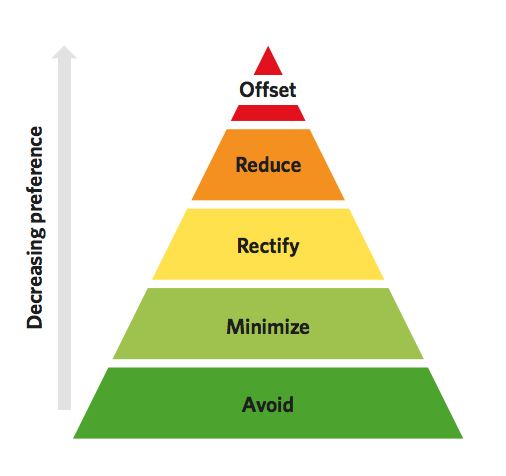Complexities of offsetting carbon
Have you ever taken one of those quizzes like the one on the Environmental Protection Agency’s (EPA) website to compare your carbon footprint to that of the rest of the world? Maybe your lifestyle is relatively eco-friendly: you could be vegan, riding your bike to work every day, and recycling all of your plastics. Yet there you are, staring at your results on the screen, wondering why your carbon footprint is still so high. The truth is, it’s nearly impossible to live an absolutely carbon neutral life when we literally exhale carbon dioxide with every breath we take. Okay, yes, that’s a little extreme, but even buying groceries at your local supermarket is adding emissions. That little bag of chips you bought had to get to you somehow, right? And I’m not so sure that the chip delivery person rode a bike. Speaking of food, the IPCC AR5 report states that 24% of total global greenhouse gas emissions stem from the agriculture, forestry, and other land use sector. As seen in the pie chart below, agriculture alone accounts for 10% according to a 2019 report by the EPA. Does that mean you have to starve in order to stay carbon neutral? Not exactly…

Fortunately, there are ways to offset necessary (and even unnecessary) emissions. Matthew Brander, a senior lecturer in carbon accounting at the University of Edinburgh’s business school, focuses his research on carbon offsetting and greenhouse-gas accounting. During an Emory Climate Talk webinar on July 21 of 2021, Dr. Brander explained the value that offsetting carbon has on the modern world, and why the plans set forth by the Paris Agreement are not going to fulfill our mission of a carbon neutral world. This agreement was created during an international conference called the 2015 COP (Conference of the Parties) where countries from all over the world came together to agree upon a plan to limit global warming to below 1.5 degrees Celsius.
Before we begin, we must first understand what carbon offsetting is. Let’s say you drive your car around the busy city streets instead of riding your bike. To offset the carbon dioxide that your car is emitting, you could plant a certain number of trees that act as carbon sinks in your neighborhood. This is the basic idea behind carbon offsetting: one act is compensating for the other in a way that leads to a neutralization of each actions’ result. Now let’s say that you live in Atlanta, GA, USA, and you realize that there’s not enough space in your neighborhood to plant the equivalent number of trees required to offset your emissions. In that case, you can plant your trees somewhere else where there is more space, perhaps Peru.

Source: Appalachian Mountain Club
However, Dr. Brander pointed out a flaw in this system. Yes, technically you would be offsetting your own emissions by planting the trees; thereby, reducing your carbon footprint and getting closer to the goals that the United States set in the 2015 COP. But what about Peru? What about their own goal in the Paris Agreement to reduce/offset emissions? Since Peru is the one with the newly planted trees in its backyard and not the U.S., Peru can go and say that they are the ones who are offsetting their own carbon. This is the problem that Dr. Brander described to us as “double counting,” where two countries claim the same, single carbon offsetting action as their own.
To solve this problem, Dr. Brander suggested two possibilities for the future. For one, we can do what he described to us as corresponding adjustments. This is when the host country (in our example, Peru) will adjust their greenhouse gas inventory to ensure that they’re not taking credit for the other country’s offsets. Another option is called alternative claims. This is more of an honorable method wherein the country that produced a carbon sink in another country would not count this as offsetting for themselves but instead as a way for them to support the host country’s own goals. Although corresponding adjustments and alternative claims can be effective ways of repairing the gaps in the carbon offset system, the best way to prevent these problems from occurring in the first place is to reduce emissions all together. As seen in the pyramid below, that’s the true solution to the climate change crisis.

There are many arguments against these two proposed solutions, but Dr. Brander provided strong rebuttals that are worth listening to for yourself along with more information about emissions reductions. If you’re interested, check out Emory Climate Talk’s YouTube channel to watch the webinar. And for those of you who are interested in ways to offset your own emissions, Dr. Brander suggested the Stockholm Institute’s offset guidance report, which you can find here.